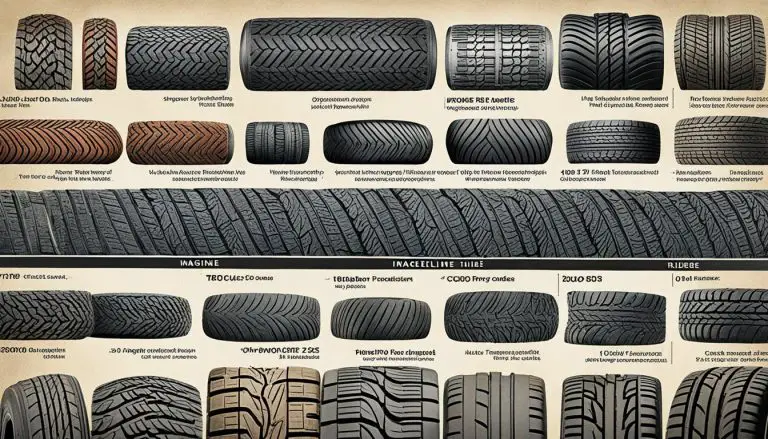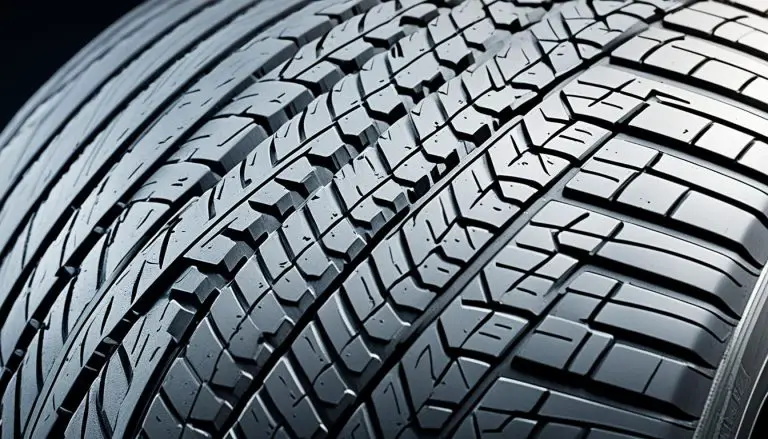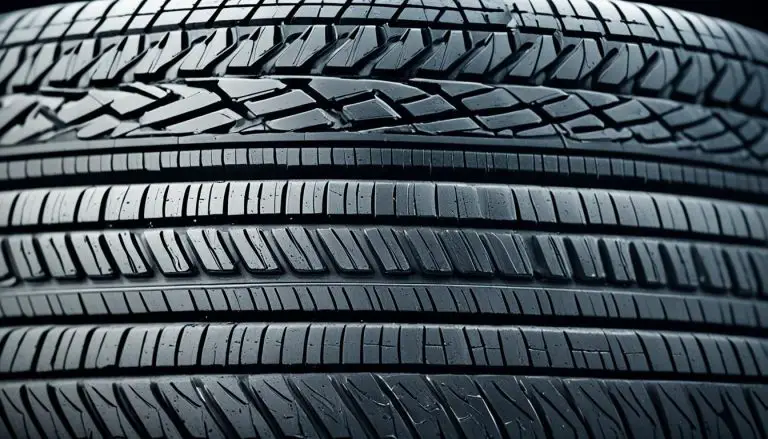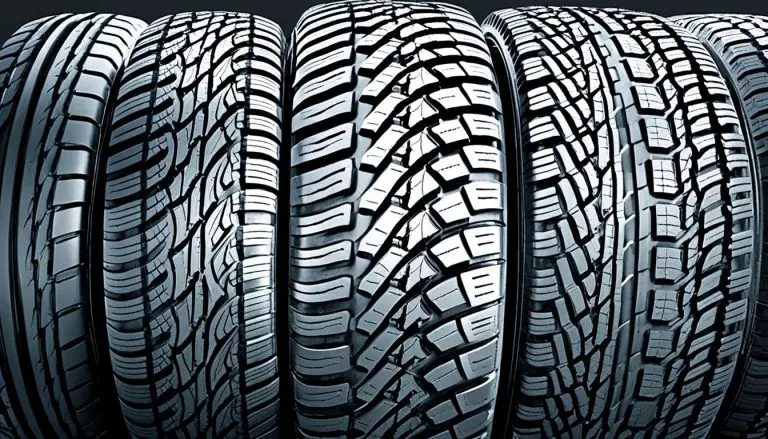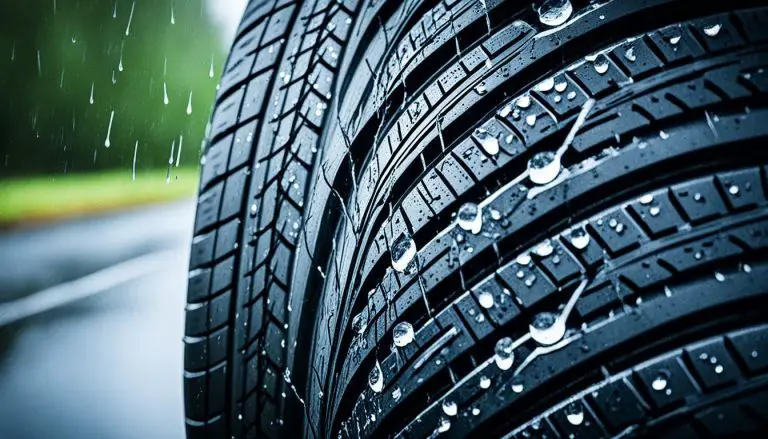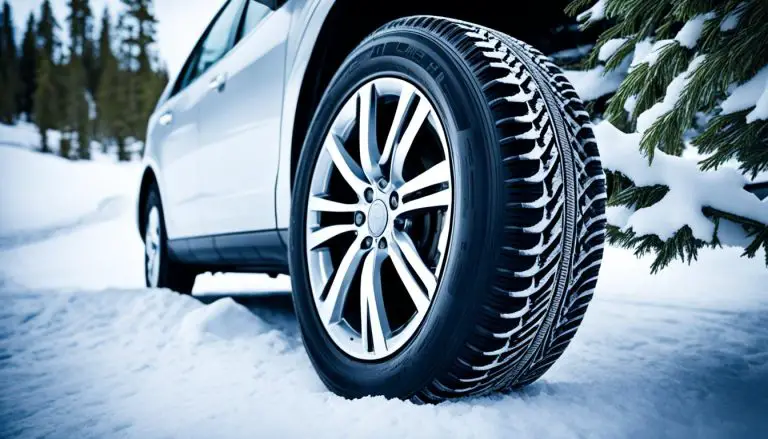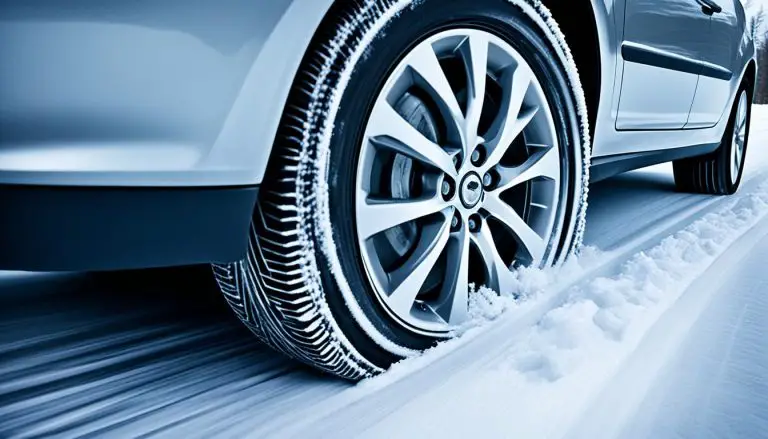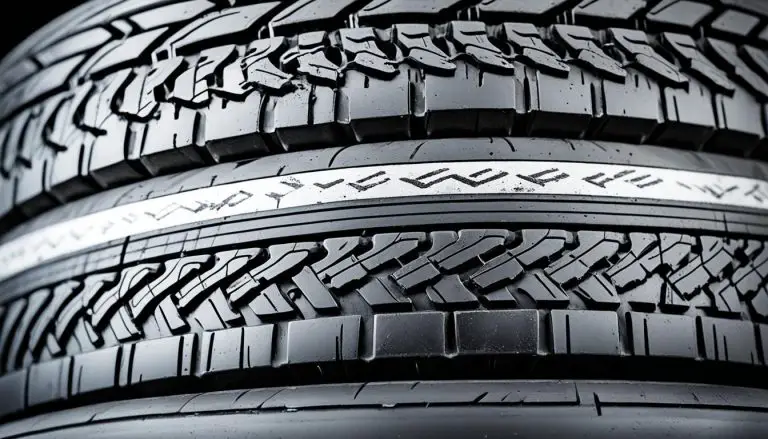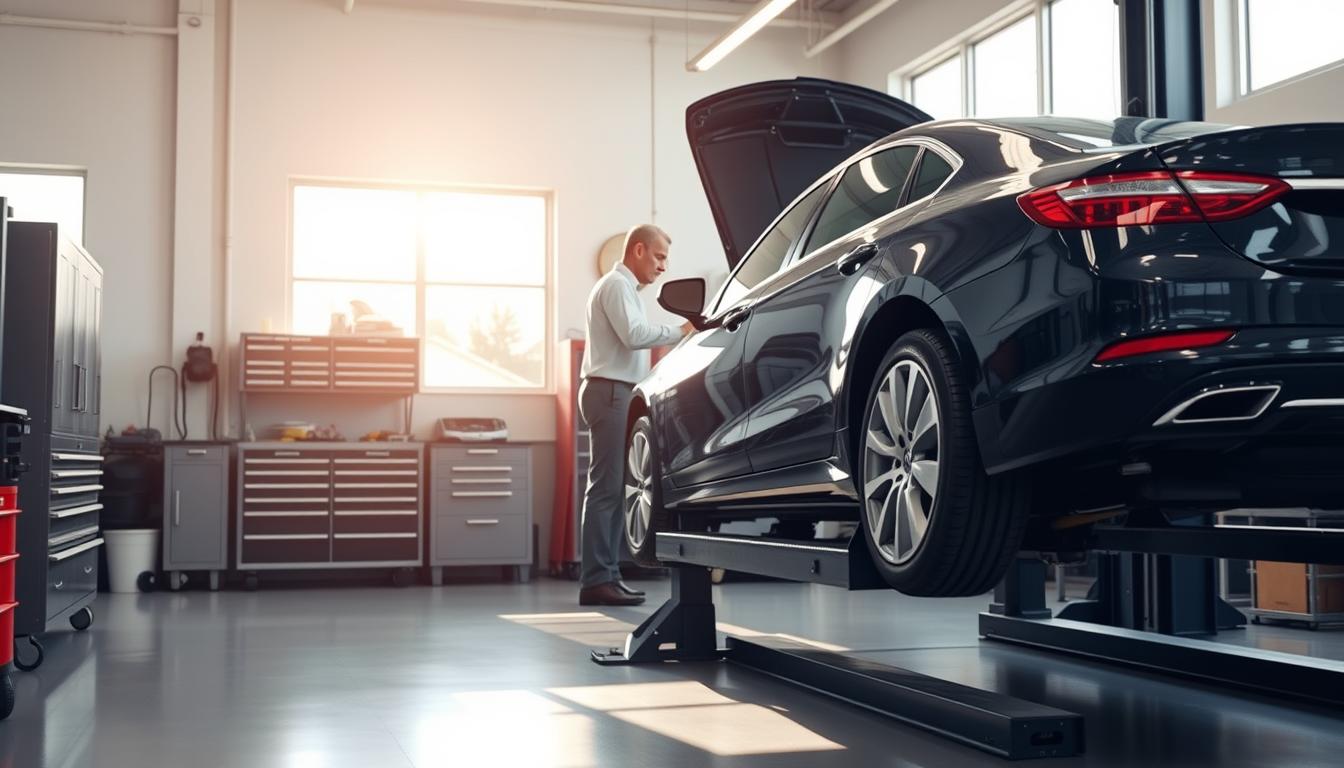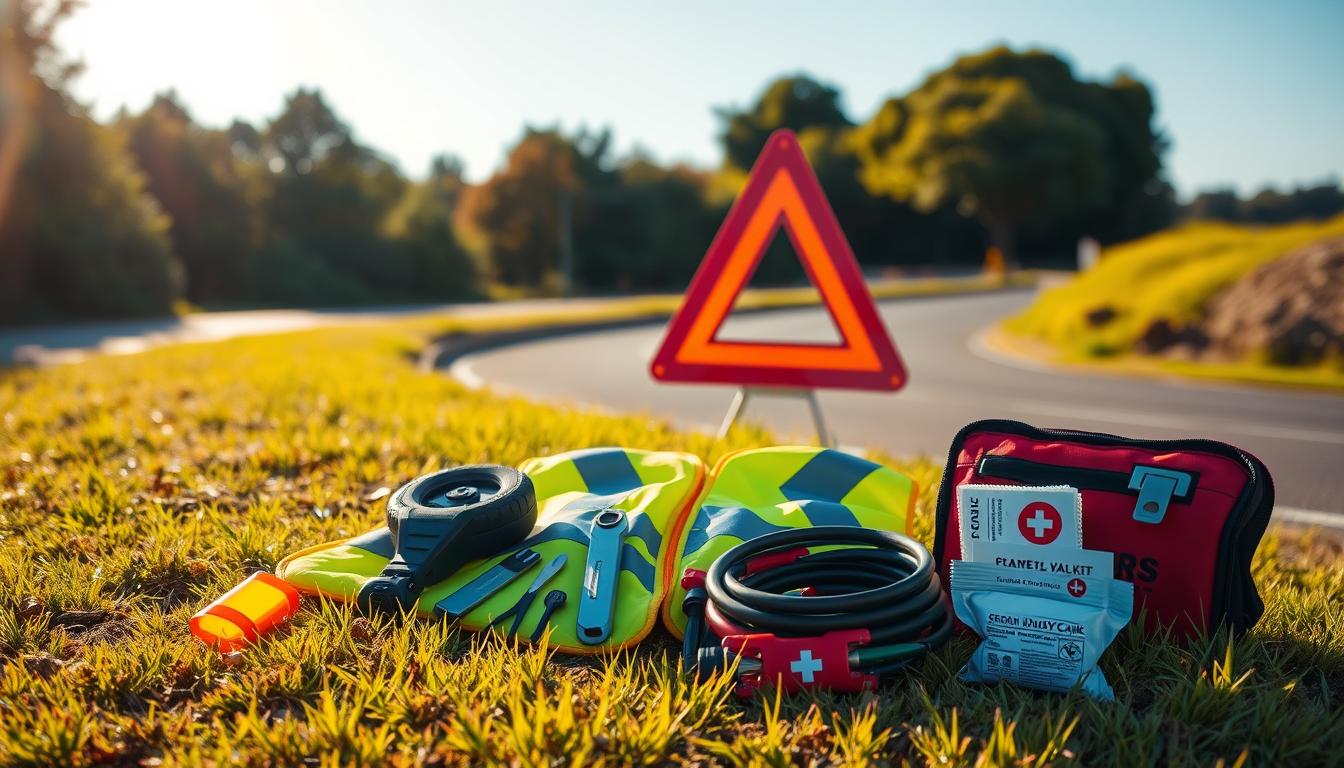Delve into the captivating journey of tires, from the first pneumatic invention to cutting-edge designs, uncovering rubber's...
Blog
Discover essential tire facts to stay safe on the road, from tread depth and pressure to rotation...
Tire Information: Discover Everything About Car Tires - Sizes, Pressure, Tread Depth, Rotation, Replacement, Warranties, Safety, and...
Unlock the Secrets of Tire Knowledge: A Comprehensive Guide for Safe Driving and Maintaining Your Tires' Longevity...
Discover why summer tires provide superior grip, traction, and braking on warm roads for a safer, more...
Enhance your summer driving experience with our top-rated car summer tires, offering superior grip, reduced braking distances,...
Explore essential tire facts - tread depth, pressure, rotation, flat repair, winter vs all-season, eco-friendly options, lifespan,...
Upgrade your ride with summer tires for enhanced grip, traction, and control when temperatures rise - stay...
Winter tires provide exceptional traction, control, and safety on snow and ice. Discover the #1 secret to...
Discover the best studless winter tires for superior snow and ice traction, ensuring a safe and confident...
